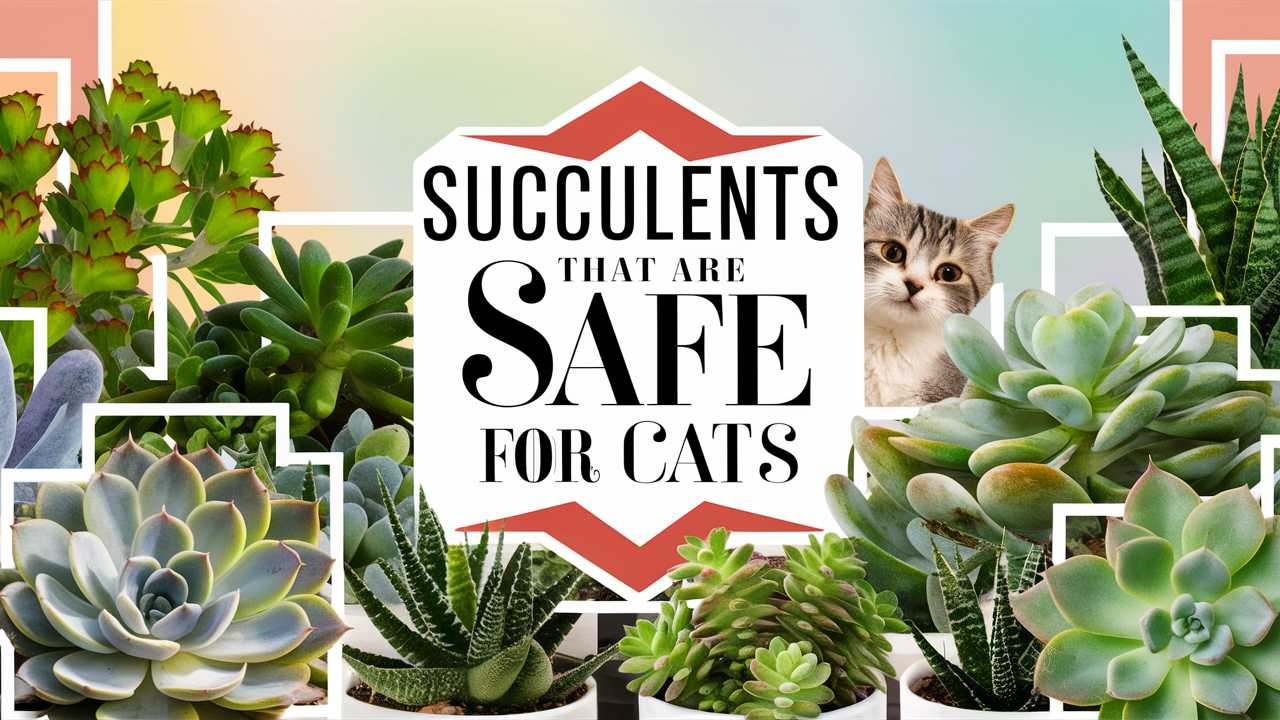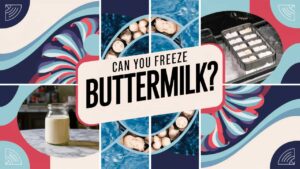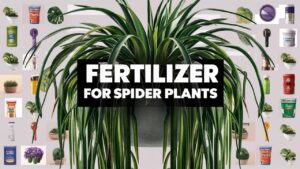As a cat lover and succulent enthusiast, the joy of having green companions shouldn’t come with the worry about your feline friend’s safety. Fortunately, there are many beautiful and captivating succulents that are completely safe for our furry friends.
Below, we’ll explore some specific succulent varieties that are non-toxic to cats, ensuring you can enjoy your indoor garden worry-free. We’ll also examine certain plants that you should avoid in a cat-friendly environment. Let’s explore the vibrant world of cat-safe succulents!
Echeveria
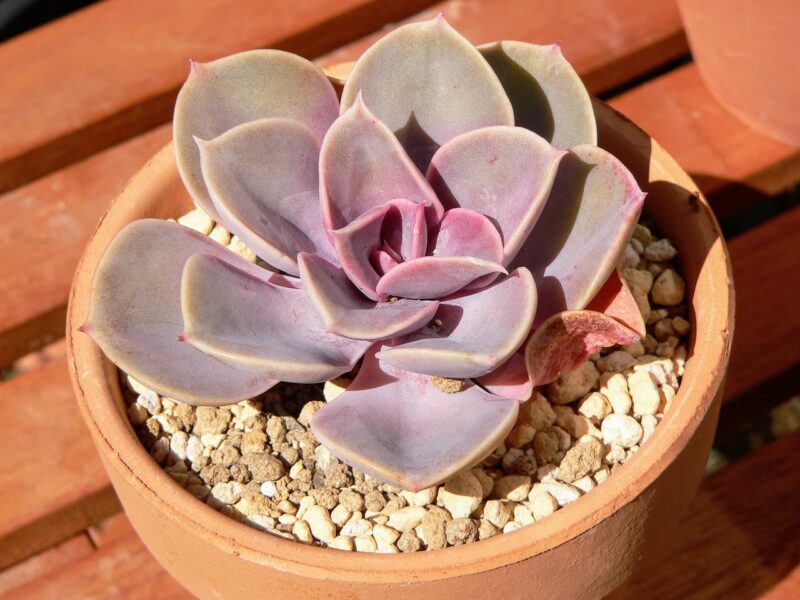
Echeveria is a genus of rosette-forming succulents that captivates with its array of beautiful colors and shapes. With over 100 different species, these succulents offer a stunning visual appeal that can brighten up any room. Echeveria plants thrive in bright light and have minimal watering needs, which makes them great companions for busy pet owners.
Cats are naturally curious, and while they might be tempted to nibble on your Echeveria, you can be rest assured that it poses no danger to their health. In fact, the fleshy leaves of Echeveria can be a delightful texture for your furry friend to play with, without the risk of poisoning. As an added bonus, Echeveria blooms beautifully in the right conditions, producing striking flowers that are sure to catch your eye.
Sempervivum
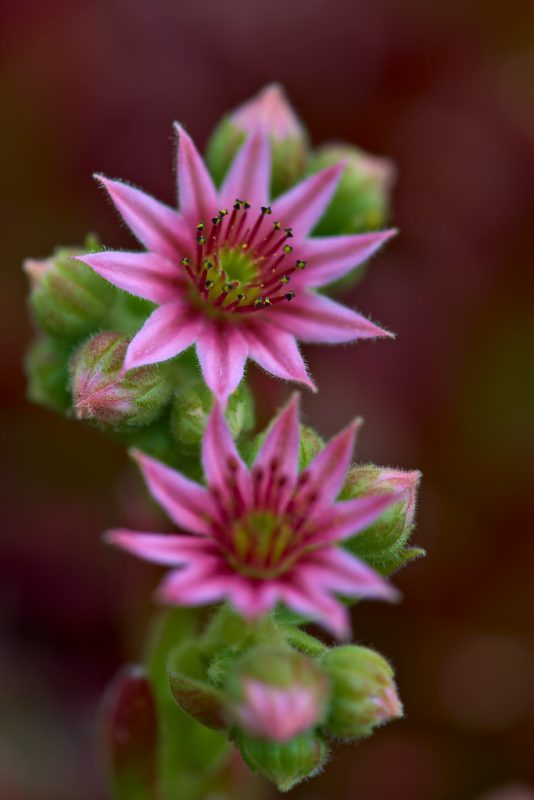
Commonly known as “hen and chicks,” Sempervivum is a hardy succulent that can adapt easily to various environments. They are perfect for outdoor gardens, where they can thrive in rocky soil, or as part of a tabletop arrangement indoors. The unique rosette shape of Sempervivum makes it visually interesting and a popular choice for succulent lovers.
What’s great about Sempervivum is its resilience. They’re drought-tolerant and can display a variety of colors depending on the season, with shades ranging from green to deep burgundy. Even though cats may be tempted to interact with these plants, Sempervivum are gentle giants when it comes to feline safety, giving you one less worry while you admire their charm.
Haworthiopsis

Previously known as Haworthia, Haworthiopsis features a fascinating assortment of small, succulent plants with thick, fleshy leaves that can be green, gray, or striped. The unique patterns on the leaves can resemble miniature art pieces. These succulents are not only safe for cats but also incredibly low-maintenance, making them suitable for novice gardeners.
Haworthiopsis prefers bright, indirect sunlight and can easily thrive in low-light environments, making them versatile enough for any space. They have a compact growth habit, which allows you to create appealing arrangements without taking up much space. If a stray paw happens to brush against this succulent, you can relax knowing they won’t face any health issues.
Sedum
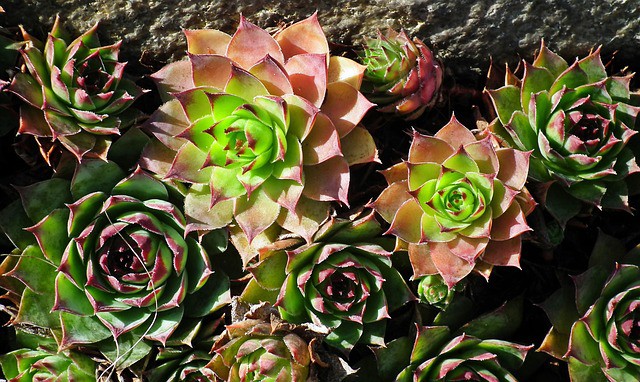
Sedum, or stonecrop, consists of a diverse group of succulent plants that are known for their adaptability and vibrant colors. From ground covers to taller varieties, Sedum offers an impressive range of choices for pairing with other plants or standing out on their own.
Many types of Sedum are safe for cats, and their thick leaves provide an interactive experience for your pet without any harmful repercussions. These plants are drought-resistant and can thrive in sunny locations, making them perfect for beginners or those with busy lifestyles. With minimal watering and maintenance, you’ll appreciate their resilience while your adventurous cat enjoys their vibrant foliage.
Aeonium
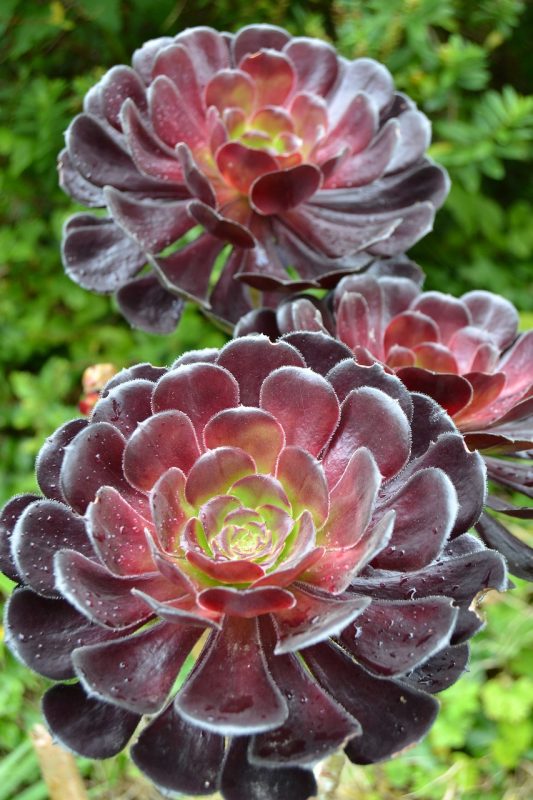
Aeonium is a striking genus of flowering succulents characterized by tall, slender stems topped with rosettes of glossy leaves. These plants often require a little more attention when it comes to light and watering but are absolutely worth the investment due to their stunning appearance.
Not only does their unique structure add interest to your indoor garden, but Aeonium is also feline-friendly. With their vibrant green or purple hues, they will not only complement your home decor but will also keep your cats safe. Just be mindful of keeping them in a sunny spot, as they thrive in bright light and can show off their full potential with adequate care.
Lithops
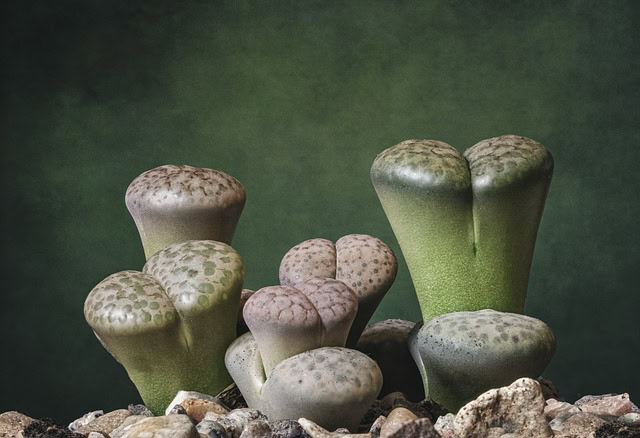
Lithops, affectionately known as ‘living stones’, are fascinating succulents that closely resemble small pebbles. Their remarkable appearance is not only intriguing but also serves as a form of camouflage against the harsh sun in their native habitats.
These enigmatic plants are safe for cats and can offer a unique conversation starter. Lithops are excellent for windowsills, preferring bright conditions and minimal watering. They do require a certain level of care to flourish, making them a delightful challenge for succulent enthusiasts and a visually captivating option for cat owners looking to maintain a safe indoor environment.
Christmas Cactus
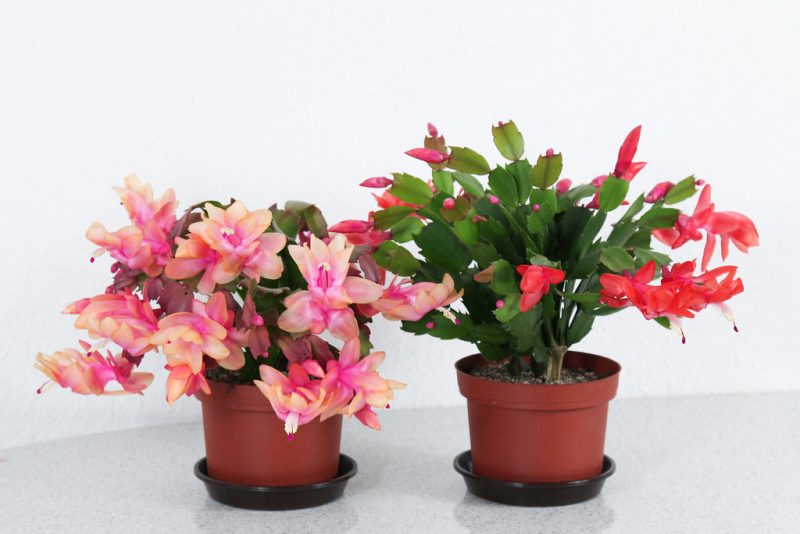
While technically not a succulent in the strictest sense, the Christmas Cactus (Schlumbergera) is an easy-to-care-for houseplant that’s safe for cats. It delivers stunning blooms during the holiday season, bringing a splash of color to your indoor environment.
Christmas Cactus thrives in indirect sunlight and prefers to be watered less frequently, especially during its dormant phases. Its lovely flowers boast a range of colors, from vibrant reds to soft pinks, making it a festive addition to your plant collection. Plus, you never have to worry about your cats causing any harm to themselves while enjoying the beauty of this plant.
Graptopetalum
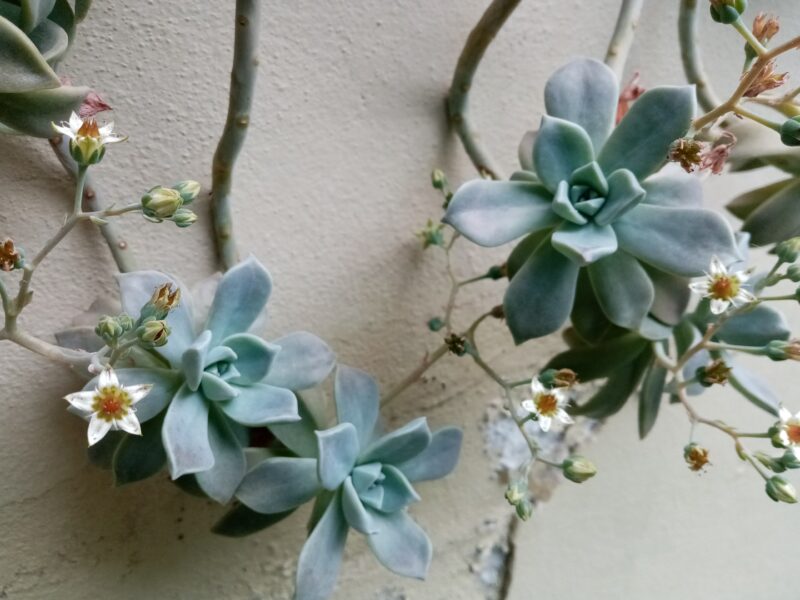
Graptopetalum, often referred to as ‘ghost plant’, is known for its striking foliage and unique rosette shapes. The leaves of Graptopetalum are pale blue to gray, giving them an ethereal quality that enhances any indoor space.
These succulents are low-maintenance and perfect for novice gardeners. Graptopetalum thrive in bright, indirect light and can tolerate dry periods, making them very forgiving plants. Your feline friends can explore and play around these plants with confidence, as Graptopetalum is non-toxic and poses no threat to their health.
Portulacaria
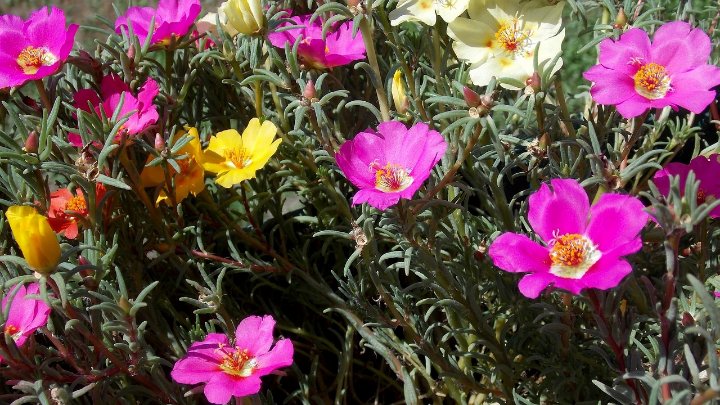
Often confused with jade plants, Portulacaria is a delightful succulent also known as “elephant bush.” This charming plant features small, round leaves and can grow into a bushy structure if nurtured properly.
Portulacaria is not only safe for cats but also exudes a playful energy that works wonderfully in any home. It thrives in bright light and is drought-tolerant. Moreover, their leaves are edible for cats, adding an extra layer of safety. When your pet is exploring, rest assured they’re interacting with a succulent that is gentle and nourishing rather than harmful.
Gasteria

The Gasteria succulent stands out with its thick, tongue-like leaves that are often adorned with attractive speckles or stripes. Native to South Africa, these plants are remarkably resilient and thrive in less-than-ideal conditions, akin to their hardiness in the wild.
Aside from their unique appearance, Gasteria is non-toxic, which means you can confidently include them in your collection. Caring for a Gasteria is quite simple, requiring minimal watering and plenty of indirect sunlight—making them perfect for any cat-safe space. Their allure and resilience make them an excellent choice for plant lovers who want to ensure their pets’ safety.
Toxic Plants To Avoid
While many succulents can coexist with your beloved cats, it’s crucial to be aware of certain plants that pose significant risks. Here are some common houseplants that are toxic to cats and should be avoided to ensure their safety:
Aloe
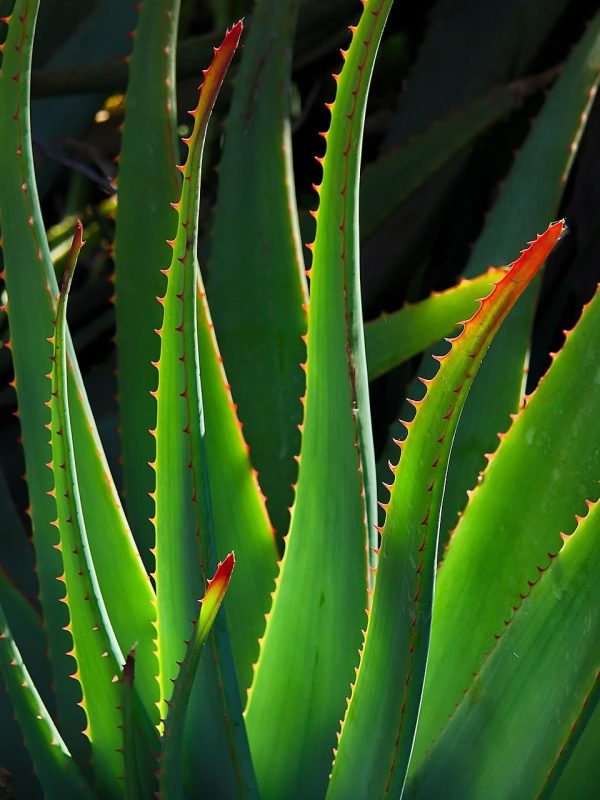
Aloe vera is widely known for its healing properties and benefits to humans; however, it is toxic to cats. The latex found in its leaves can lead to vomiting, diarrhea, and lethargy. Protect your feline companion from this popular plant and opt for alternatives that are safe for their health.
Kalanchoe
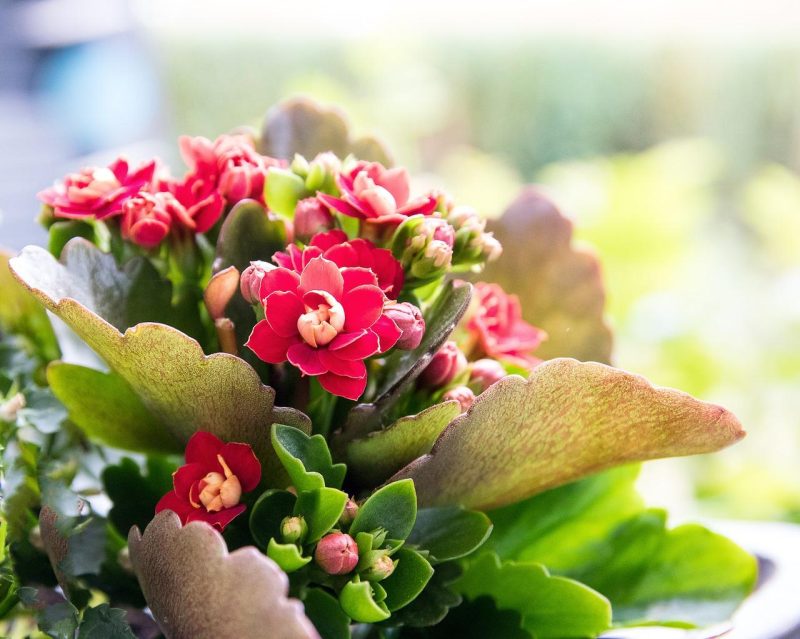
Kalanchoe, particularly the species Kalanchoe blossfeldiana, can be harmful to cats. Its ingestion may cause symptoms such as gastrointestinal upset, lethargy, or, in severe cases, arrhythmias. While Kalanchoe is loved for its vibrant flowers, it’s best to steer clear if you have furry companions at home.
Senecio
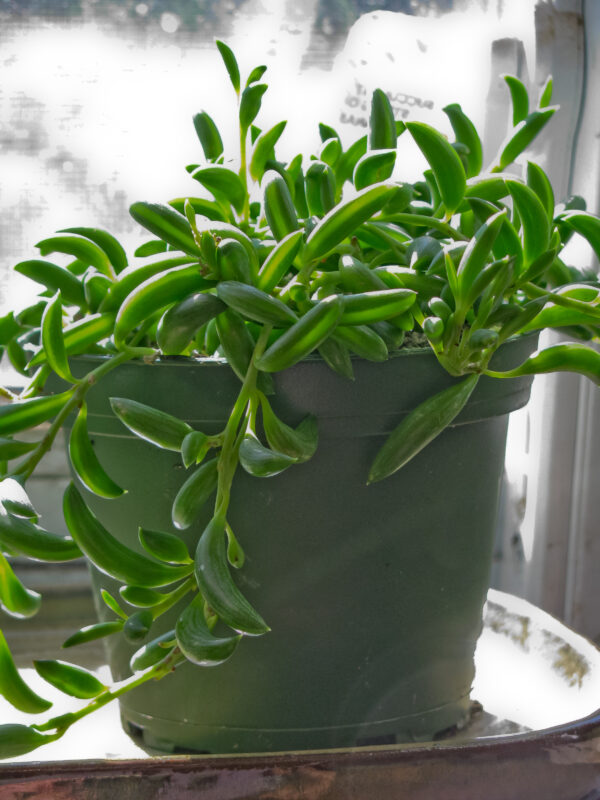
Senecio plants, including popular varieties like String of Pearls, can be dangerous for cats. Ingesting even small amounts can result in symptoms like vomiting and diarrhea. Therefore, ensure these plants are out of reach or consider replacing them with cat-friendly alternatives.
Crassula
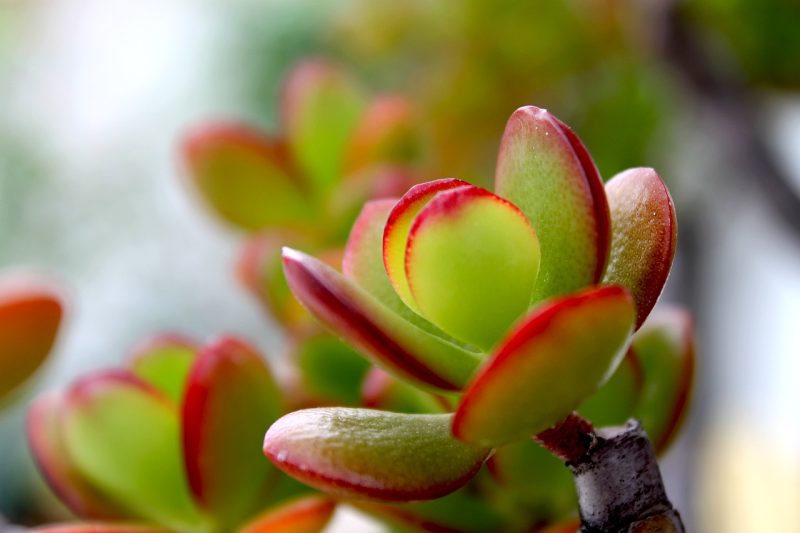
While some Crassula species are safe, others commonly found in households can be toxic to cats. The well-known jade plant belongs to this family and can cause gastrointestinal issues if ingested. Confirm the specific type of Crassula before having them around your curious pet.
Agave
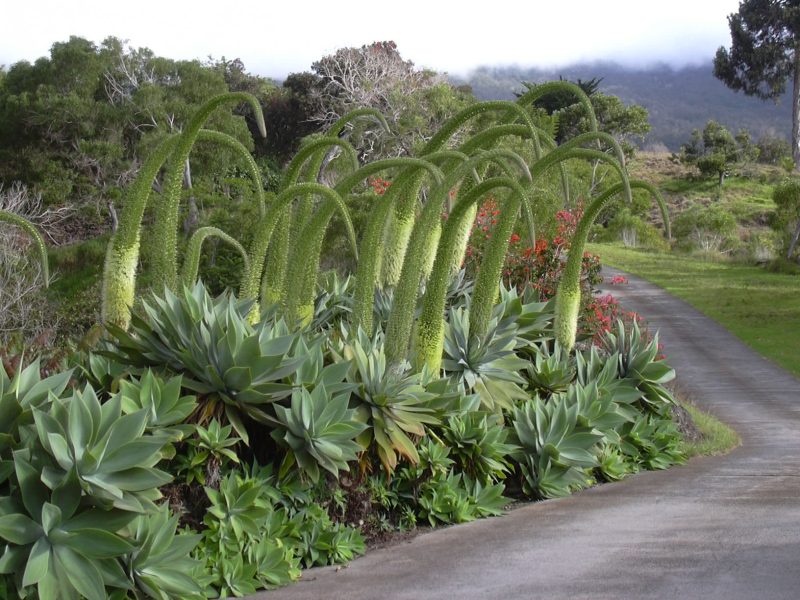
Agave is relatively popular in landscaping and homes, yet this family of plants includes several toxic varieties. The sharp thorns can be a hazard, too. Be cautious and keep all Agave species out of reach of your feline friends to prevent any mishaps.
Sansevieria
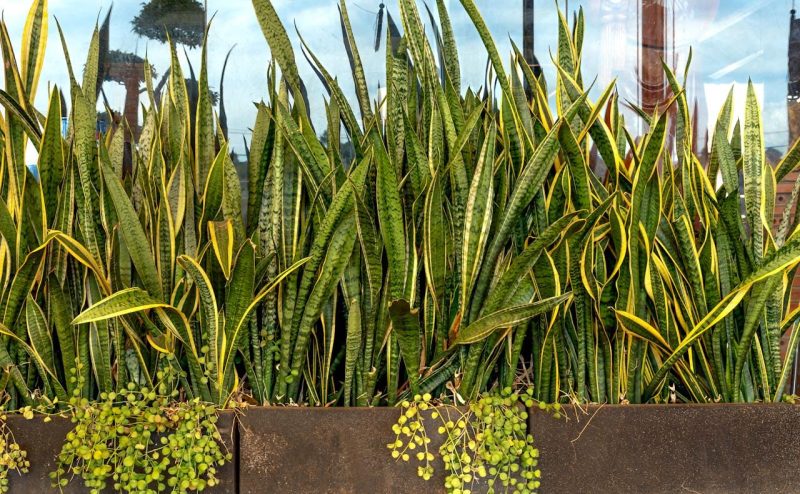
Also known as snake plant or mother-in-law’s tongue, Sansevieria can be potentially toxic to cats if ingested. It may cause nausea and vomiting, so consider swapping these tall plants for safer options in your home if you have cats that tend to nibble on houseplants.
Euphorbia
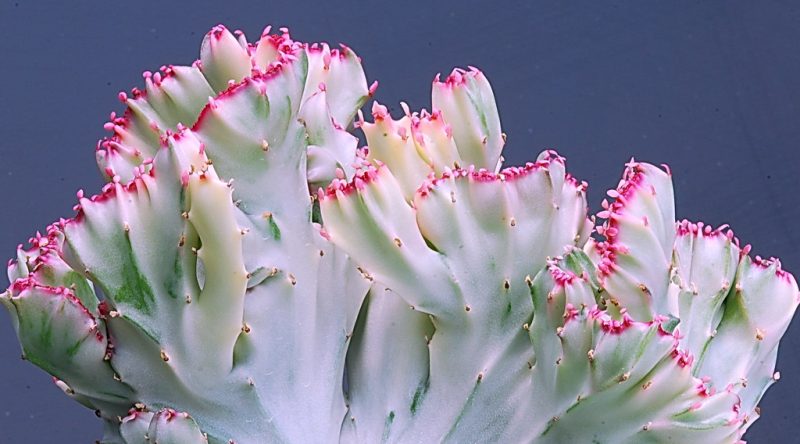
Besides being visually striking, Euphorbia species can be highly toxic to cats due to their milky sap. Exposure or ingestion may lead to irritation or gastrointestinal issues. Opt for safer succulent varieties to avoid any potential risks while still enjoying the beauty of botanical decor.
Conclusion
Creating a cat-friendly space filled with succulents is not only possible but immensely rewarding. You can delight in the beauty of your indoor garden while keeping your furry friends safe and sound. From charming Echeveria to vibrant Graptopetalum, there’s an entire world of succulents you can explore without worry.


